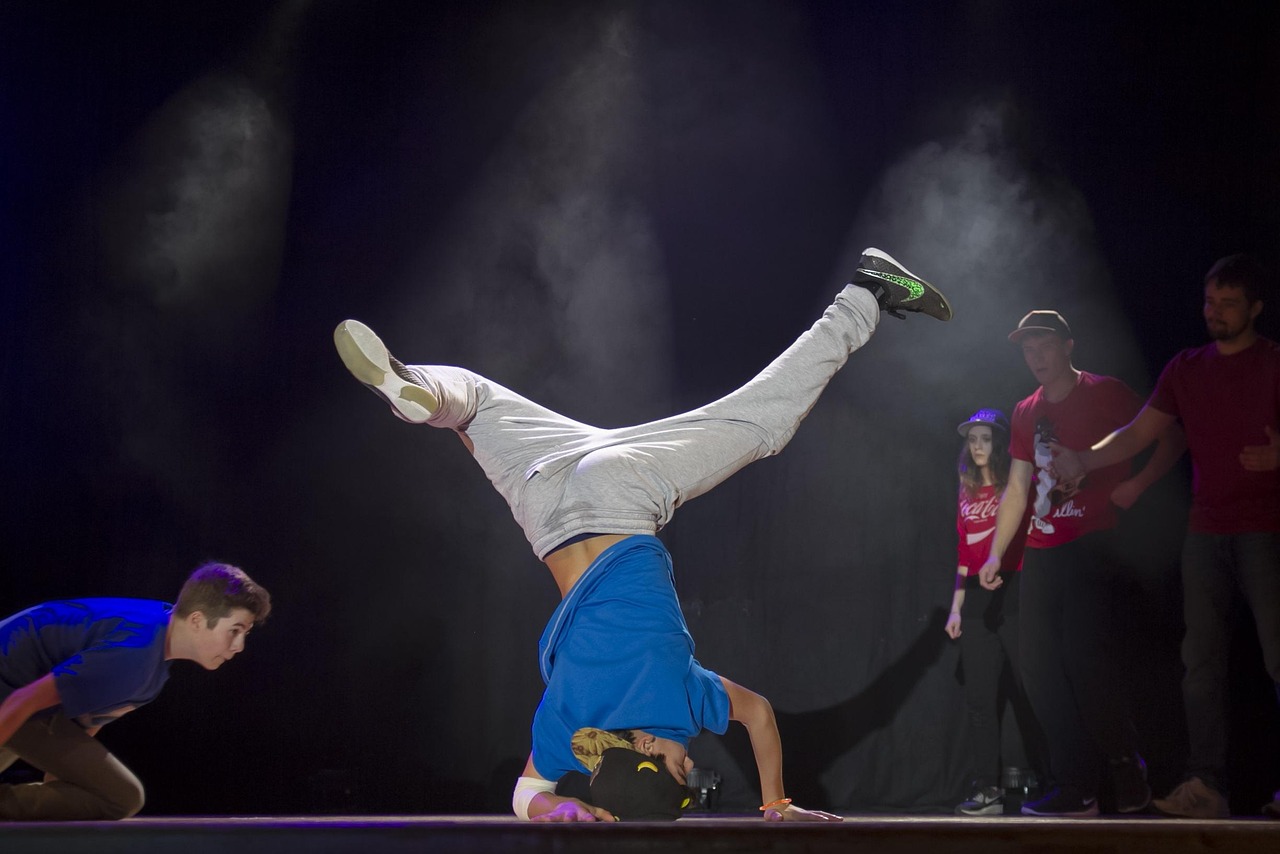Unmasking the Health Potential of Dance: A Rhythmic Path to Wellness
Is there a way to combine exercise, mental health, and fun all at once? The answer is a resounding yes. Welcome to the world of dance - a rhythmic path to wellness that's been part of our cultural fabric for centuries but is only now beginning to be fully recognized for its health benefits.

A Historical Waltz Through Time
Dance has been a part of human culture for thousands of years, serving as a medium for expression, communication, and celebration. In ancient civilizations, dance was often intertwined with religious rituals and healing practices. It was believed to promote health and ward off illness.
However, it wasn’t until the 20th century that the scientific community began investigating the health benefits of dance. In the 1940s, dance therapy emerged as a discipline, with pioneers like Marian Chace leading the way. Today, research continues to explore the physiological, psychological, and social benefits of dance.
The Rhythm of Current Health Trends
Modern health trends are increasingly emphasizing the importance of holistic wellness - a concept that dance inherently encapsulates. It combines physical activity, cognitive stimulation, creative expression, and social interaction, making it a multidimensional approach to health.
Recent studies have shown that regular participation in dance can improve cardiovascular health, strength, balance, and flexibility. Furthermore, it also enhances cognitive function, reduces stress, and boosts mood, making it a potent tool for mental health.
The Cha-Cha of Challenges and Benefits
Like any physical activity, dance comes with potential risks, such as injuries from falls or overuse. However, with proper technique, warm-up, and cool-down exercises, these risks can be mitigated.
On the flip side, the benefits of dance are multifold. Physically, it promotes fitness and weight management. Psychologically, it improves mood, reduces stress, and boosts self-esteem. Socially, it fosters connections and a sense of belonging. Moreover, it allows for creative expression, enhancing overall well-being.
The Science Behind the Steps
The health benefits of dance are backed by numerous scientific studies. Research has demonstrated that dance can improve balance and reduce falls in older adults. Similarly, studies have found that dance interventions can significantly improve mental health outcomes, including reducing symptoms of depression and anxiety.
Additionally, dance activates the brain’s reward centers, releasing endorphins - the body’s natural feel-good hormones. It also challenges the brain by requiring coordination, rhythm, and spatial awareness, which can enhance cognitive function and potentially delay the onset of dementia.
Spotlight on Dance: Health Boosters
- Boosts Cardiovascular Health: Regular dancing can improve heart health, similar to any other form of cardio exercise.
- Strengthens Bones and Muscles: Dance movements work against gravity, strengthening bones and muscles and reducing the risk of osteoporosis.
- Improves Balance and Coordination: The intricate footwork of dance helps improve balance and coordination, reducing the risk of falls.
- Enhances Cognitive Function: Learning new dance steps stimulates brain activity, improving memory and cognitive function.
- Promotes Emotional Health: Dance allows for emotional expression, which can help manage stress, anxiety, and depression.
In conclusion, dance is more than just a fun activity or cultural expression. It is a potent health-enhancing tool, offering a myriad of physical, psychological, and social benefits. As we move towards a more holistic understanding of health, perhaps it’s time to embrace the rhythm and step into the world of dance. Whether you’re into salsa, ballet, hip-hop, or ballroom, every step you take is a step towards better health and well-being. So, let’s dance our way to wellness!




